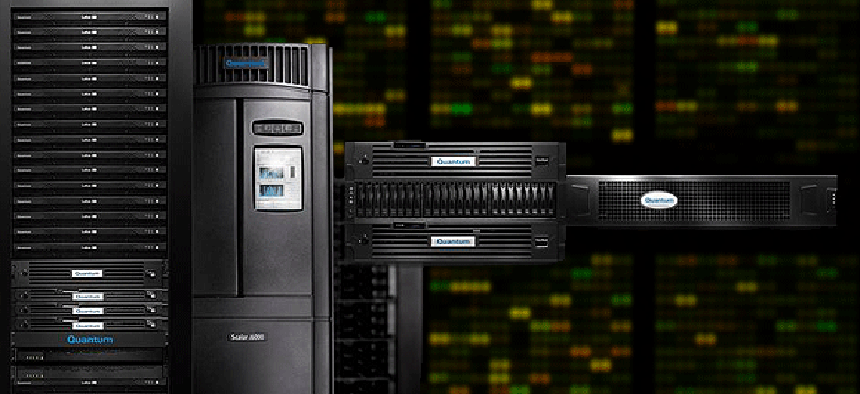Big storage for big data across big networks


Connecting state and local government leaders
Quantum StorNext 5 appliances are optimized for evolving end-to-end content and data workflows where distributed teams need greater efficiency for handling large and small unstructured data files.
Although other technologies get a greater share of the storage spotlight, backing up data on tape is still a vital aspect of many networks. Especially since the development of the Linear Tape File System, which allows data on tape drives to be used much like other types of magnetic storage media, tape has gotten pretty high tech. Users may not even realize that they are accessing data from a tape-based drive.
Quantum Corp. has made many tape-based products for network storage, including those that GCN reviewed seven years or so ago. Now the company is innovating storage market again with the release of the StorNext 5 appliance line. Based on a re-architected high-performance engine, Quantum’s StorNext 5 metadata controller appliances give users flexibility in managing unstructured data by providing optimized support for IP, NAS, SAN, and cloud-based networks.
"StorNext 5 is a significant release. It promises to address the challenges found in today's complex workflows where data environments are not only growing in volume, but are also comprised of mixed file sizes, performance requirements and network topologies," said Terri McClure, Quantum Enterprise Strategy Group senior analyst.
According to Quantum, the new StorNext 5 appliances are optimized for evolving end-to-end content and data workflows where distributed teams need greater efficiency for handling large and small unstructured data files. Additionally, StorNext 5 provides a framework for unified management of flash, disk, tape and object storage technologies from a single interface.
The StorNext appliances can hold up to five billion files. Depending on the appliance, those files can be up to a petabyte in size with no slowdown as the data grows even larger and ages. Expanded storage architectures, including SSD optimization and native InfiniBand support enable the use of low-latency applications such as high-performance computing and analytics, where the creation and deletion of files as small as four kilobytes is needed.
StorNext 5 appliances will be available in December 2013. StorNext 5 software-only solutions will available during the first half of 2014.
NEXT STORY: Police seeing results with anti-gang software




